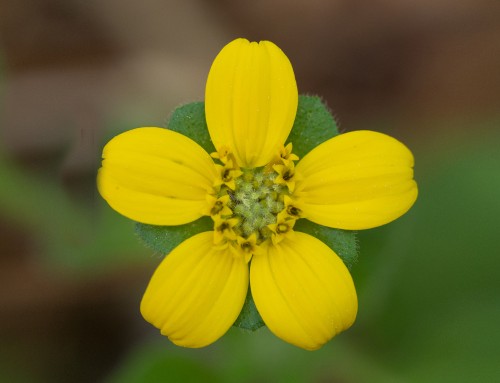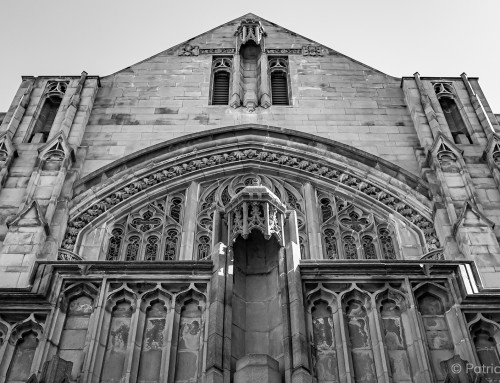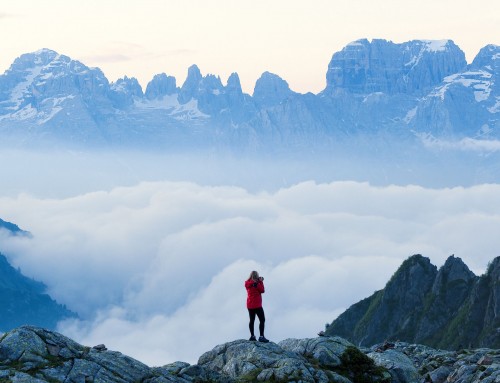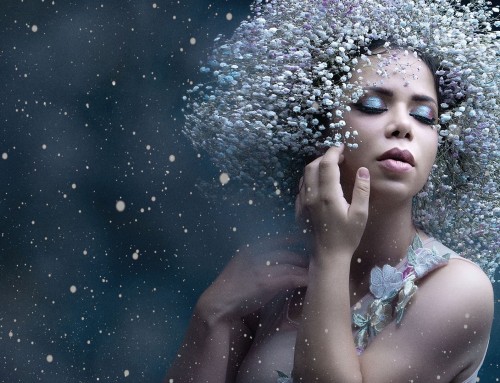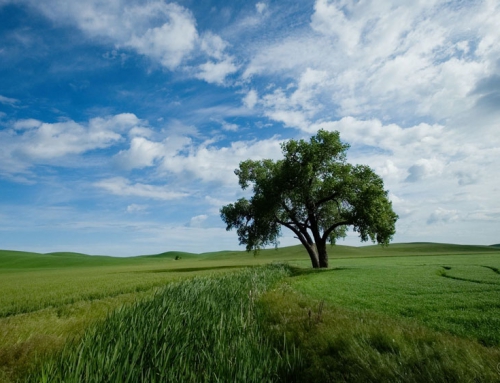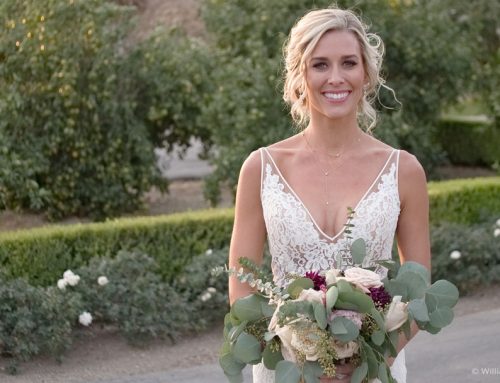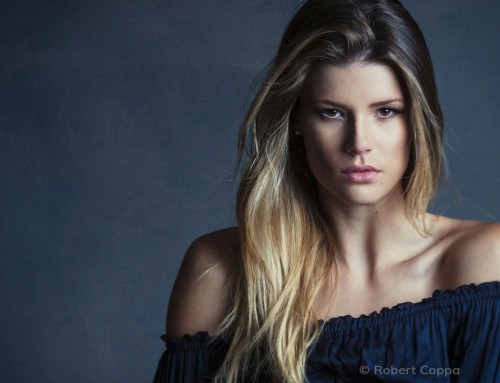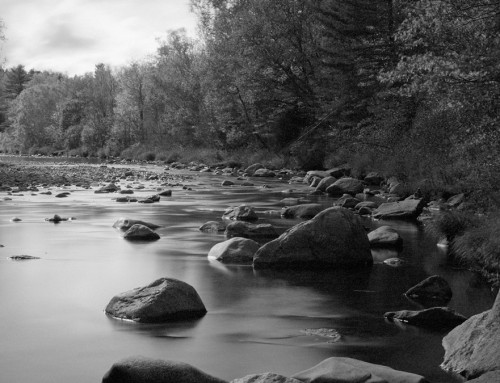Photographing outdoors or in changing lighting conditions can lead to photos with blown out highlights. Blown or blocked highlights are when the brighter values in the image appear to merge into a blob. This video demonstrates how to identify, analyze, and recapture details lost in blown out highlights.
Photo: Jason Bone
Transcript
Identifying blown out highlights
A simple way to identify blown out areas is with clipping warnings. The controls for them are on the Histogram panel. Clipping warnings indicate that you are losing detail in the shot. Highlight clipping can be toggled on and off with F8 on the keyboard or by clicking the highlights arrow in the histogram.
When the warning is enabled, areas in the image close to losing detail are highlighted. If the majority of a bright area in the photo is completely red, it’s not likely that you will be able to recover all the missing data.
Reducing blown out highlights
When making adjustments, start with the controls at the top of the panel and work your way down. The order of which control the sliders can affect other controls. For example, adjusting Exposure will also affect the highlights and whites. That’s why the Exposure slider is listed above the other sliders. If you adjust the whites and highlights first, then adjust the Exposure slider, you will need to go back and adjust the highlights again.
The Exposure slider controls the tones in the middle of the histogram, the largest selection of tones in the image. The highlights and whites sliders control the adjacent segments on the bright end of the graph. Highlights control the rescue of highlights in the photo. Whites defines the true white in the image.
Making adjustments and readjustments during editing is part of the process, but following a top-down order will help make it quicker.
Balancing detail recovery
A common mistake is to attempt to recover highlights for everything in the photo, including the sun. It’s very unnatural for the sun to be look pure white. For a realistic effect, leave a little pure white values in the tones of the sun.
Lowering both the highlights and the whites sliders at the same value will flatten the brights in the image. This can result in a dull grey look. If the adjustments applied to the image create areas that are flat and grey, they’re too strong. For example, notice the banding created when the highlights slider is set to the extreme.
After applying the effect, dial back the layer opacity to make the effect more balanced, and subtle.





